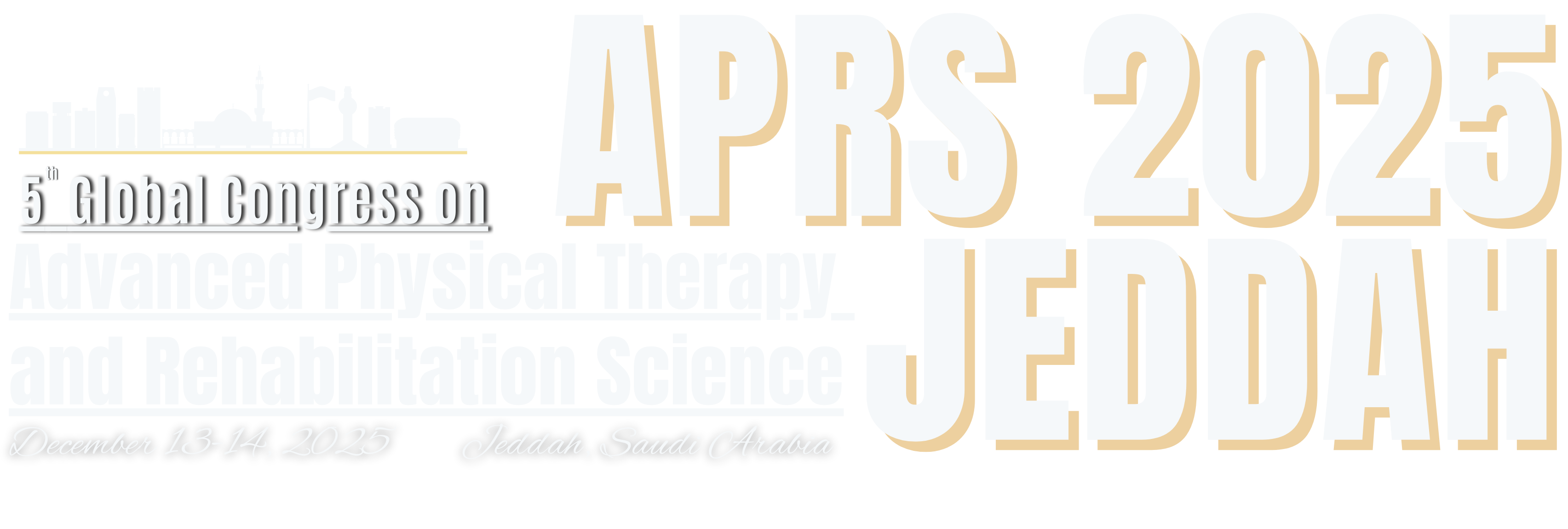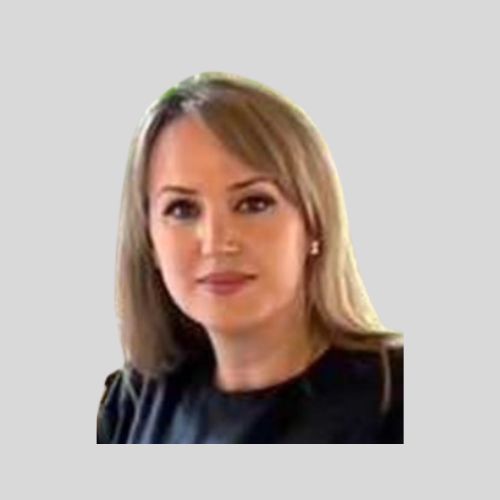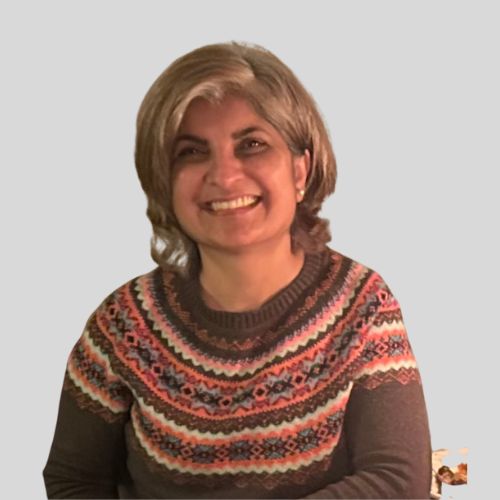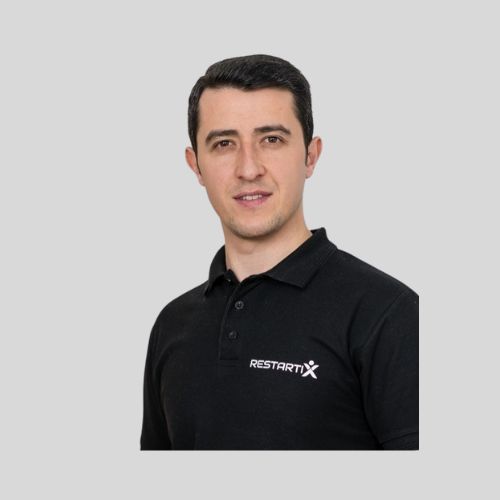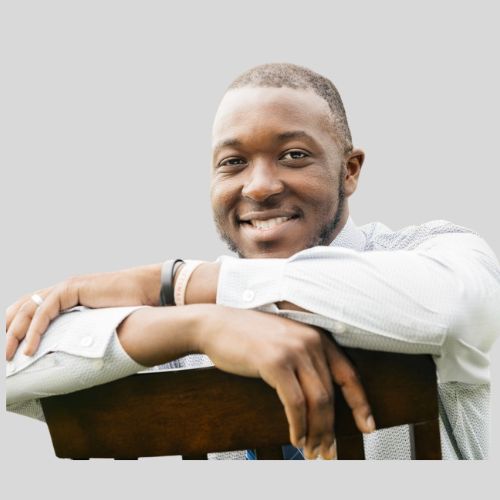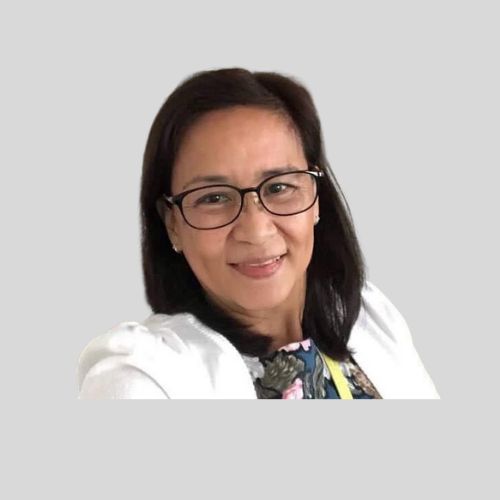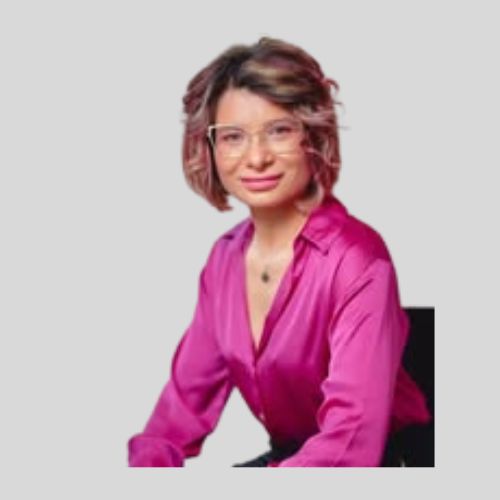
Besleaga Anamaria
Coordinator at Empatio Kineto & Kids Clinic
I did performance sport for 16 years and was twice national champion. It was performance sport that led me to enter the field of medical rehabilitation. Later becoming a mother, my passion for recovery was predominantly directed towards children. I have taught at AJOFM Iasi for 2 years and 8 years at Ecological Green Foundation, and for 6 years I have been an annual lecturer at national and international conferences and congresses. In 2014 I opened the clinic Kinetic Pro Move and then, in 2021, I merged with Empatio thus creating the clinic Empatio Kineto & Kids Kineto & Kids that I coordinate. The field of recovery is a broad one, so my development as a specialist has been and is continuous, following specialized courses both in the country and in the UK, USA, Spain and Italy, targeting spinal recovery, temporomandibular joint, microbiome, VAD and CAT tests, neurodynamic and myofunctional recovery.
Romania
Abstracts
The Importance of the Visual System in Addressing Idiopathic Scoliosis
The number of children with idiopathic scoliosis is increasing both at the European and global levels. This pathology is known to have several early signs starting from early childhood, which, if ignored, can evolve by altering posture, leading to the onset of idiopathic scoliosis at the beginning of adolescence. The concept of including the visual system in the investigation of idiopathic scoliosis is necessary due to the changing lifestyle of children with the advancement of technology. Unfortunately, the eye's ability to adapt decreases significantly at increasingly younger ages. It is known that the eye/vision is one of the most important senses concerning temporospatiality. All senses, including tactile, olfactory, auditory, gustatory, and visual, are important for our posture; however, at the cerebral cortex level, vision has the largest representation, with visual system localizations found in every part of the brain.
By training the visual system in idiopathic scoliosis patients, we have managed to increase therapy efficiency and reduce rehabilitation times. The purpose of this paper is to bring to the attention of those involved in scoliosis rehabilitation the importance of all senses, especially the visual one, to achieve complete rehabilitation success.
I have been working in the field of recovery for 15 years and have been fascinated by the spine and the changes that can occur at this level since the beginning. When I became a mother, my focus shifted mainly to working with children of different ages, and my interest in studying more and perfecting my techniques grew. Thus began my adventure of working with scoliosis and learning to see the body as a whole. I work on educating parents on how to observe their children and identify early signs that may raise concerns and diagnose the child with a scoliotic attitude.
By monitoring children's development from the age of 4-5, when the first posture misalignments were noticeable, I managed to prevent scoliosis in dozens of children. Since I began studying the visual system and its importance in body dynamics three years ago, my team and I have managed to rehabilitate dozens of children with idiopathic scoliosis. In some cases, we reduced the curvature degree and removed the surgical intervention recommendation, while in others, we achieved complete rehabilitation.
Today, I present to you a case study of a 9-year-old girl who presented with idiopathic lumbar scoliosis, levoconcave with a peak at L2-L3, and a Cobb angle of 40° (measured between T12 and L4), with vertebral rotation up to grade II Nash-Moe. Spina bifida S1. Diagnosis was made following an X-ray on 08.05.2023.
Therapy methods in the first stage:
- Therapeutic massage with fascial and muscular mobilizations of the upper body and stimulation massage of the lower body
- Physiotherapy with exercises for pelvic muscle activation and stabilization; increasing thoracic mobility and respiratory reeducation.
In the second month of treatment, using the VAD and TAO tests, we detected the child's visual problem, recommending a specialized ophthalmological examination, which revealed that the right eye had 10% visual acuity. This led to the inclusion of temporospatial exercises and the application of corrective glasses.
Therapy methods in the second stage:
- Stimulating therapeutic massage of the lower body
- Physiotherapy with temporospatial and balance-enhancing exercises, pelvic and knee stabilization, continuing with breathing and self-correction exercises.
Thus, after 6 months of treatment, the scoliosis was reduced to a lumbar levoconcave scoliosis of 26°, with the angle at L3, as per the radiological reevaluation on 04.12.2023.
To ensure the child could maintain the therapeutic results, from the 4th month of physiotherapy,
when the spinal mobility increased, a corrective brace was applied.
The child continues the physiotherapy sessions, ocular exercises, and therapeutic massage, with results continuing to improve, the curvature measuring 20° in the June 2024 X-ray.
Conclusions: I know that idiopathic scoliosis is challenging to reduce and that we need to present parents with all three "cards" depending on the child's Risser sign (regression/accentuation, stagnation, and progression). However, since entering this field, I have preferred to consider each system of the body that could induce idiopathic scoliosis. In recent years, my practice has led me to conclude that the most frequently contributing system to this pathology is the visual system.
Featured 2025 Speakers
Speakers of The Club



